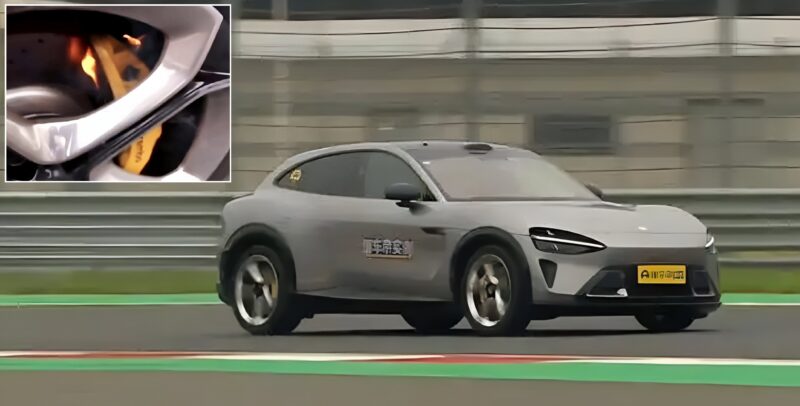Xiaomi YU7 brake pads caught fire on track, company issues statement
During a recent media test organised by Dongchedi at Tianjin’s V1 Circuit, the newly launched Xiaomi YU7 Max experienced a brake system incident that reignited concerns over the thermal limits of factory brake setups in electric vehicles. After several high-speed laps, the front brake temperature exceeded 619°C, resulting in smoke from the wheel hub and flames from the front callipers. The driver safely pulled into the pit lane, preventing further damage. The incident highlights a growing trend among high-performance EVs, where braking systems—designed primarily for everyday driving—struggle to manage the intense heat generated under track conditions.
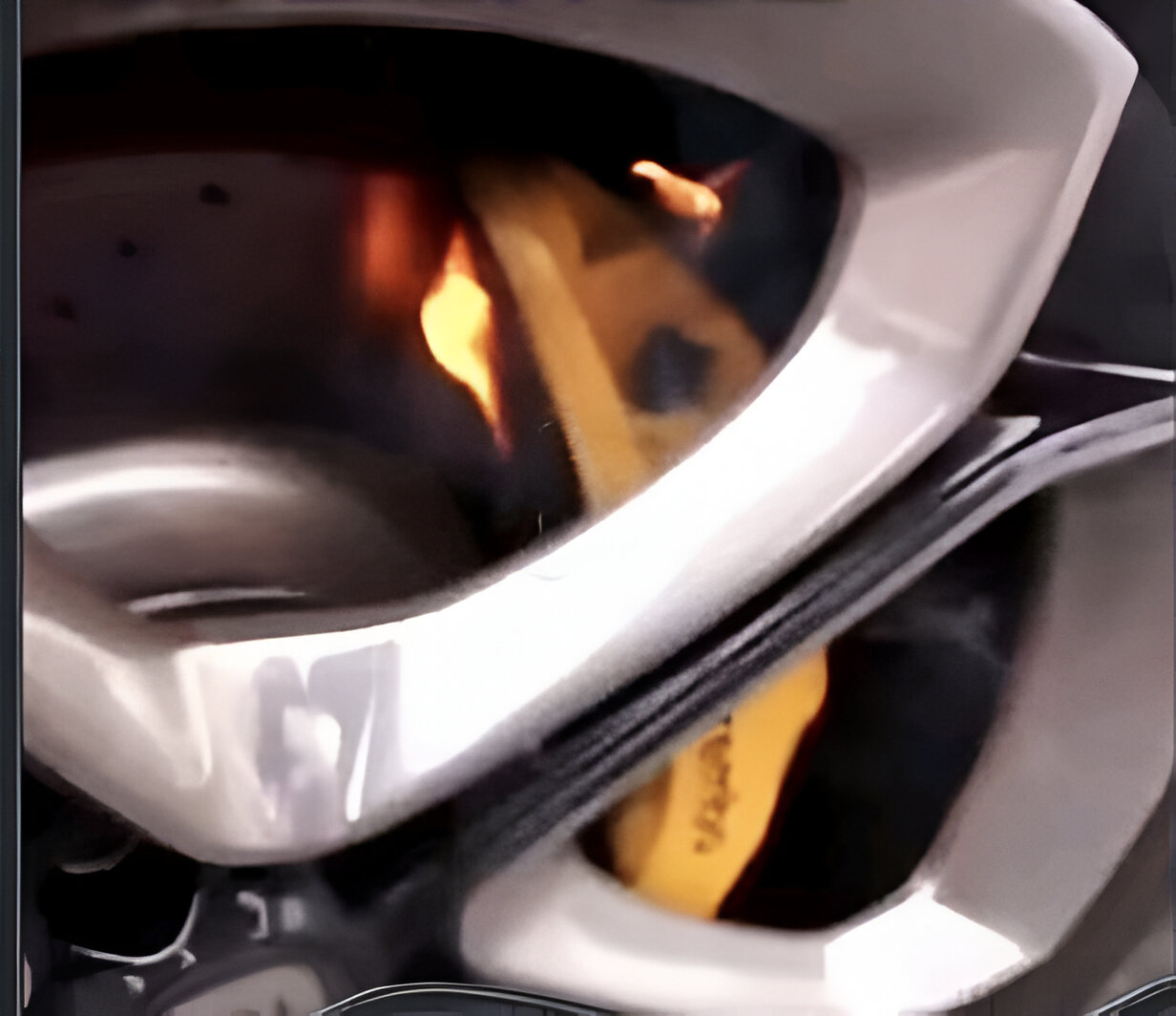
Xiaomi addressed the incident in an online Q&A session, confirming that the vehicle was stopped without a cooldown lap after a warm-up and a fast lap, which led to excessive heat buildup. According to Xiaomi, the fire originated from organic materials within the low-metallic brake pads, which can ignite briefly when exposed to temperatures above 600°C. The company emphasised that, despite the flames, the brake system remained fully functional, with no loss of performance or safety failure.
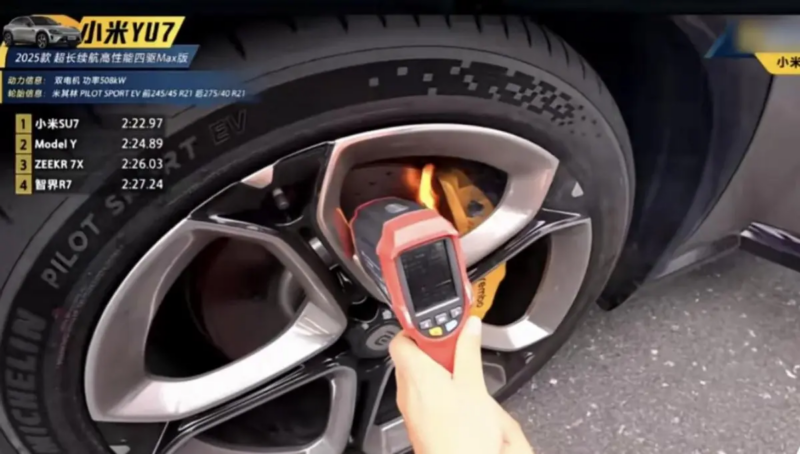
Xiaomi claims the vehicle also did not activate the YU7 Max’s “Master Mode” with “Enhanced Energy Recovery,” a feature that provides up to 0.2G of regenerative braking under certain circuit conditions, reducing mechanical brake load and helping to manage heat. Without this function, the entire braking burden falls on the friction system, increasing the risk of thermal overload.
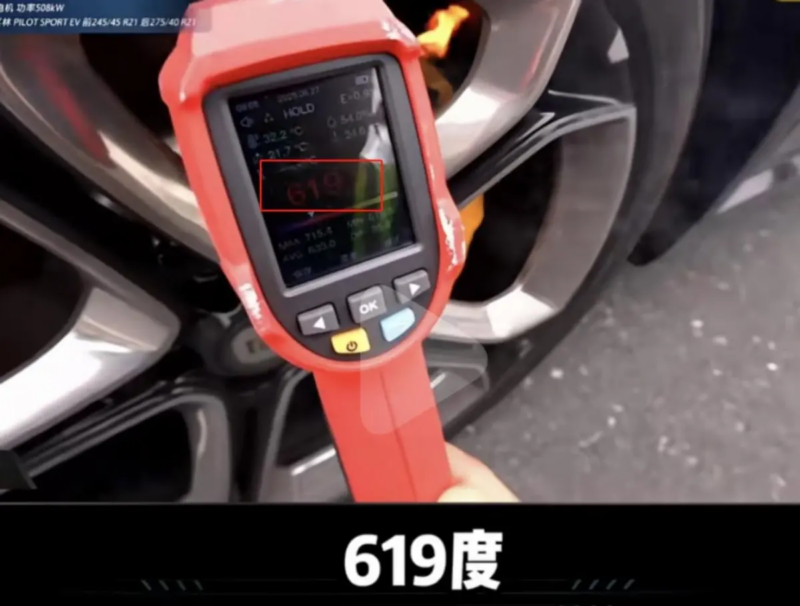
As a 2.3-ton mid-size electric SUV with high output, the YU7 Max generates significant braking heat under aggressive driving conditions. Xiaomi warned that its production vehicles are not intended for track driving in stock configuration. Racing mechanics advised enthusiasts to upgrade brake components—including pads, rotors, and cooling systems—and to fully understand a vehicle’s performance limits before engaging in performance driving.
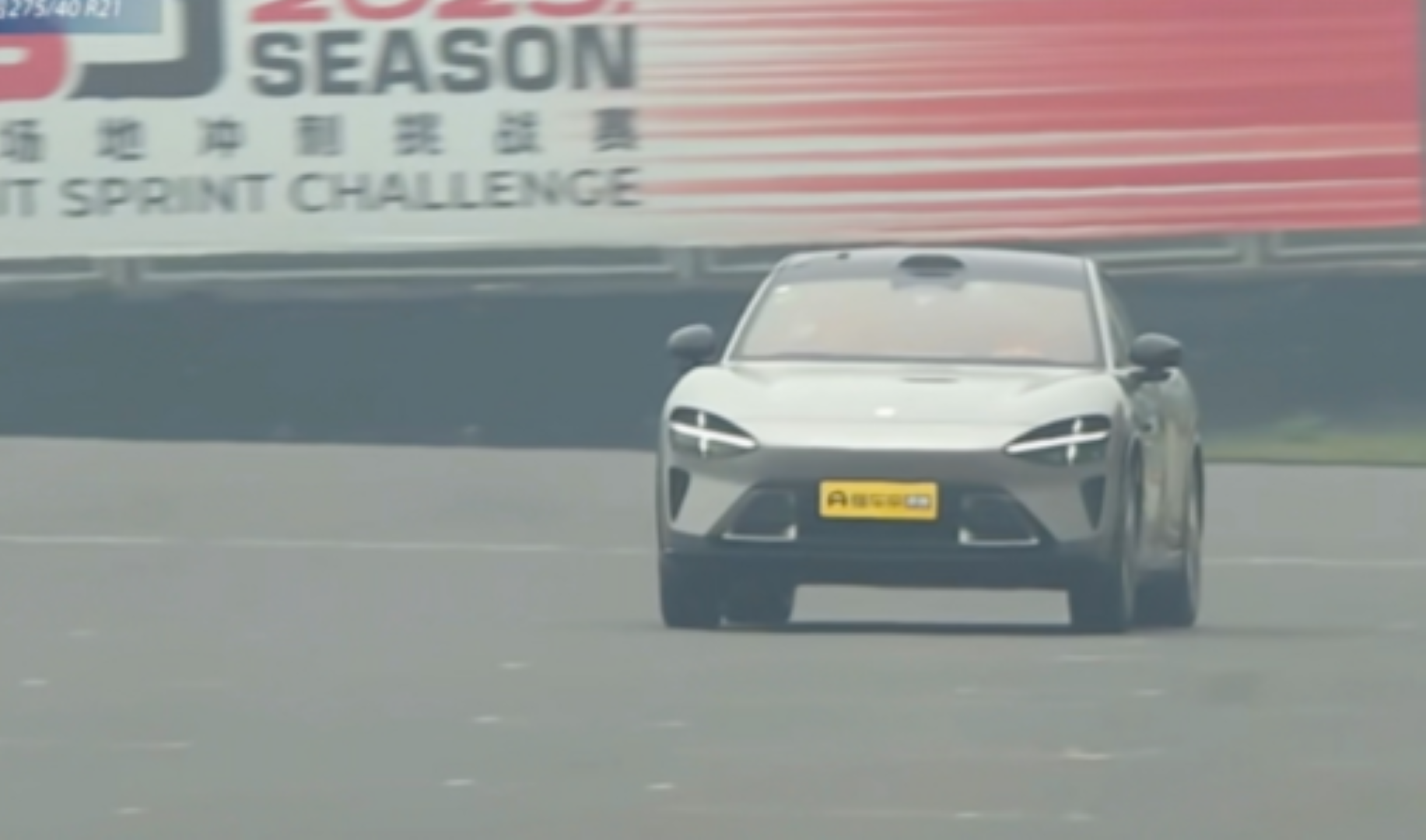
The incident underscores broader challenges in EV design. Most factory brake pads utilise NAO (non-asbestos organic) or low-metallic ceramic formulas, which are specifically optimised for daily driving and comfort. These materials function well below 400°C but suffer thermal fade above that threshold. At extreme temperatures, resins can carbonise or combust, particularly when regenerative braking disengages to protect drivetrain components, thereby shifting the entire braking duty to traditional systems.
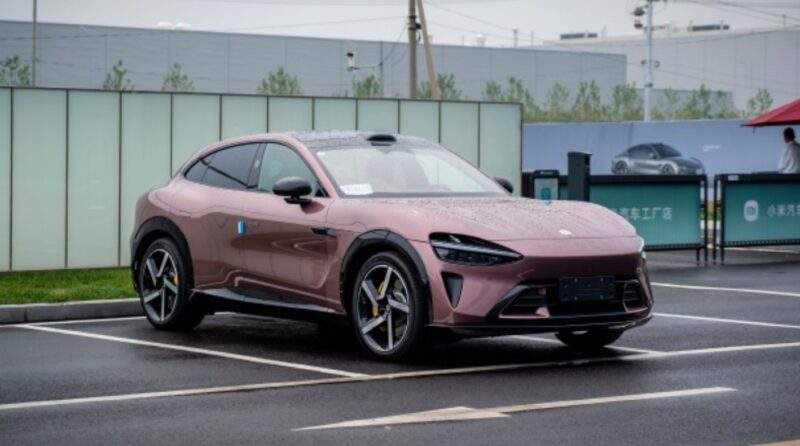
To safely engage in circuit driving or mountain runs, experts recommend switching to performance brake pads rated for temperatures of 650–700°C, maintaining friction coefficients between 0.4 and 0.5. Additional upgrades—such as slotted rotors, high-boiling brake fluid, and steel brake lines—can further improve thermal stability and pedal feel.
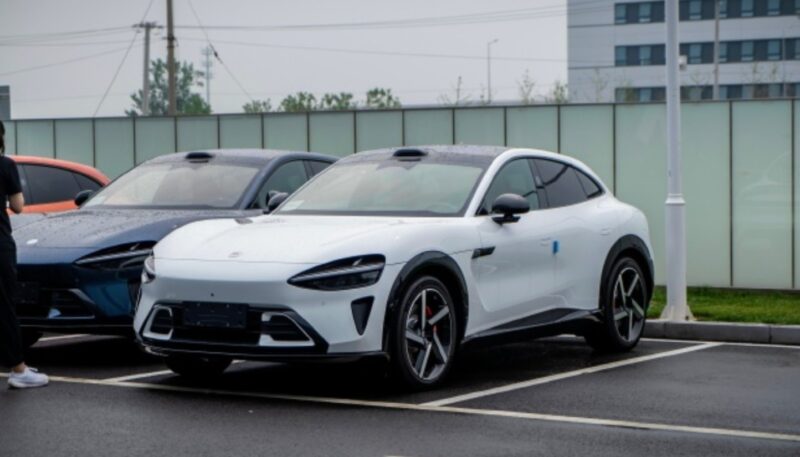
This comes as Xiaomi faces soaring demand for the YU7. The company reported 289,000 orders within an hour of launch and 240,000 locked-in orders in the first 18 hours—effectively exhausting its production capacity through early 2027. Xiaomi’s Beijing plant comprises two production phases: F1, which has been operational since March 2024, and F2, scheduled to begin mass production in July, each with an annual capacity of 150,000 units. The company has also acquired land for a third phase (F3), but no schedule has been disclosed. Still, balancing YU7 and SU7 production remains a challenge. Wait times for the SU7 Pro now exceed 47 weeks, and Xiaomi YU7 has reiterated that locked orders are non-transferable amid increased attempts at scalping.



